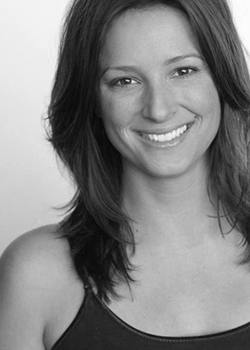
Marianne Hayden

But yeah, since high school I wanted to animate, but I also wanted to act too. But since animation is acting, those two blended really well together. And so I studied both when I was in college.
But that was my start, the wrestling game, other than I interned at Insomniac (which was my first introduction into games).
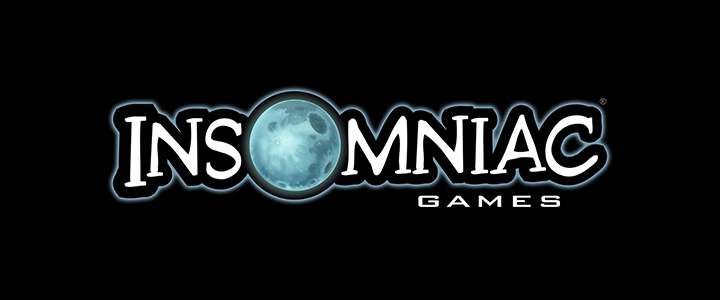
In pre-production there's a lot of brainstorming and trying out new ideas and coming up with new systems for our characters or for our animals. The animators have a hand in all of that stuff. Talking to designers and coming up with new gameplay ideas. So, that’s kind of where we are right now. And once production starts full force again and we’ve started shooting things—after it’s edited and it comes to cinematics—then we just jump onboard and scenes are split up. And production’s in full force. Does that make sense?
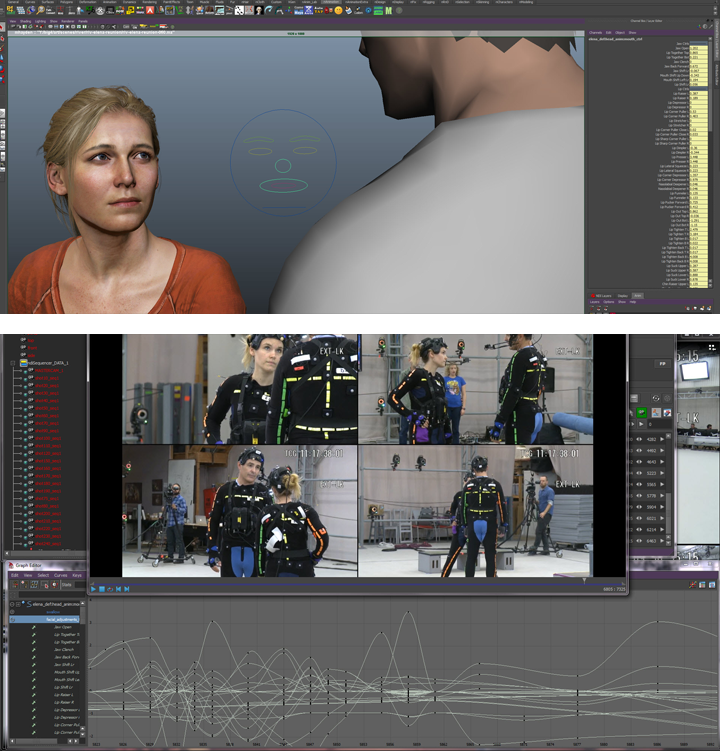
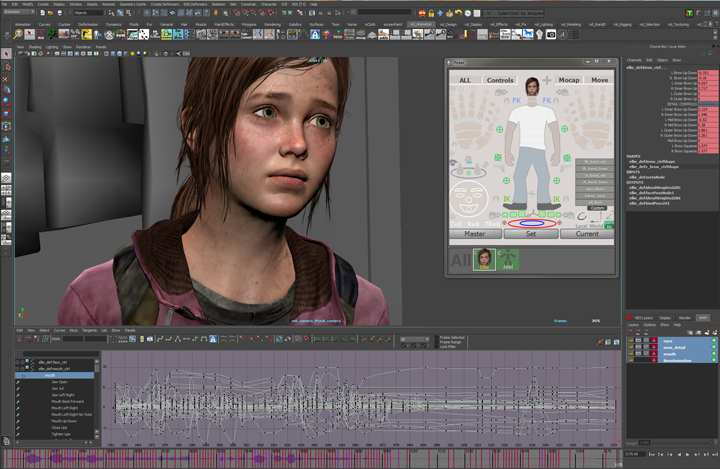
And sometimes, by myself, those things were really complicated where we had to break them up into multiple cinematics and play them at the same time because the background people were making the scenes really heavy. So, we had to split it up. But usually for cinematics it’s the main characters. Those were special cases.
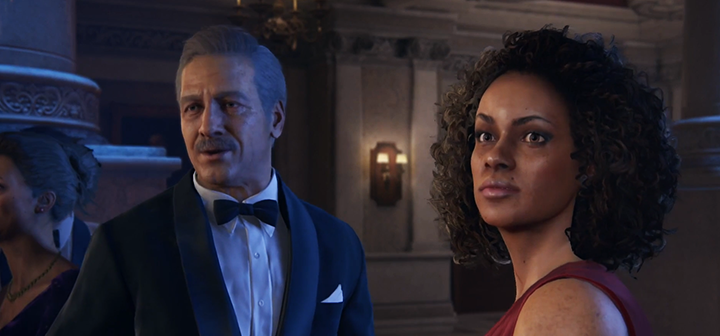
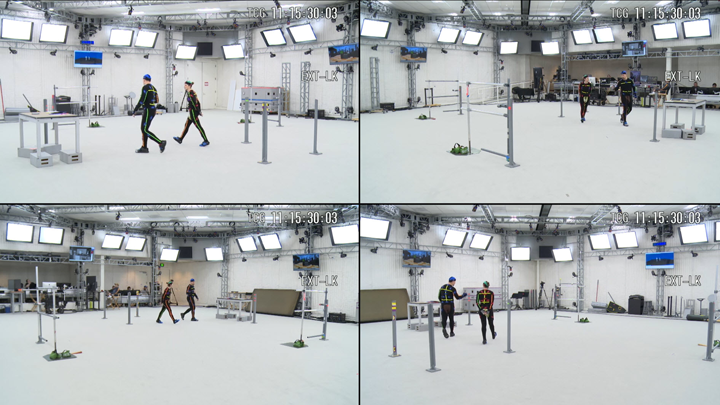

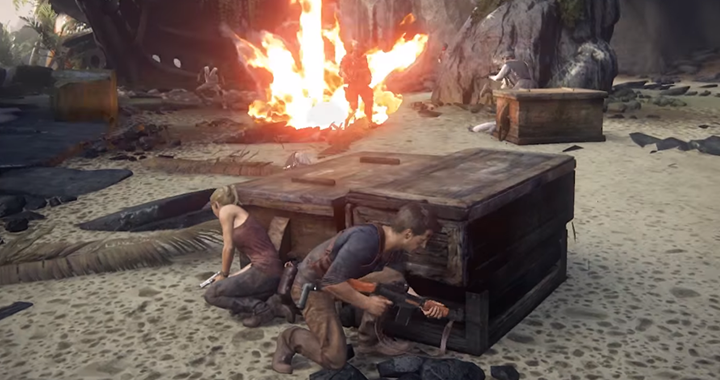
I was thinking about this the other day, I’ve been here for about seven years. That’s a long time, at least for me. I’ve never worked that long anywhere, ever.
I don’t know, I mean, I haven’t worked this long at another game company so I can’t compare it to what someone else’s experience might be. I like it, or I wouldn’t have been here for seven years. [laughs]
